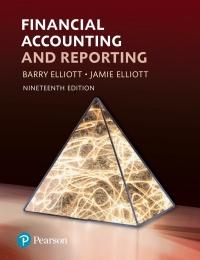Coronado Inc. is a retailer operating in British Columbia, Coronado uses the perpetual inventory method. All sales returns from customers result in the goods being returned to inventory: the inventory is not damaged. Assume that there are no credit transactions; all amounts are settled in cash. You are provided with the following information for Coronado Inc. for the month of January 2020. Unit Cost or Selling Price Quantity 100 139 Date January January January January January January January January Description 1 Beginning inventory 5 Purchase 8 Sale 10 Sale return 15 Purchase 16 Purchase return 20 Sale 25 Purchase 25. (Round answers to 3 decimal places, e.. Calculate the Moving average cost per unit at January 1, 5, 8, 10, 15, 18, 20, 5.251.) Moving Average Cost per unit January 1 January 5 January 8 January 10 January 15 January 16 January 20 January 25 LINK TO TEXT For each of the following cost flow assumptions, calculate cost of goods sold, ending inventory, and gross profit. (1) LIFO. (2) FIFO. (3) Moving average cost. (Round average-cost per unit to 3 decimal places, e.g. 12.502 and final answer to o decimal places, e.g. 1,250.) Moving-average Cost of goods sold Ending Inventory Gross profit LINK TO TEXT Coronado Inc. is a retailer operating in British Columbia, Coronado uses the perpetual inventory method. All sales returns from customers result in the goods being returned to inventory: the inventory is not damaged. Assume that there are no credit transactions; all amounts are settled in cash. You are provided with the following information for Coronado Inc. for the month of January 2020. Unit Cost or Selling Price Quantity 100 139 Date January January January January January January January January Description 1 Beginning inventory 5 Purchase 8 Sale 10 Sale return 15 Purchase 16 Purchase return 20 Sale 25 Purchase 25. (Round answers to 3 decimal places, e.. Calculate the Moving average cost per unit at January 1, 5, 8, 10, 15, 18, 20, 5.251.) Moving Average Cost per unit January 1 January 5 January 8 January 10 January 15 January 16 January 20 January 25 LINK TO TEXT For each of the following cost flow assumptions, calculate cost of goods sold, ending inventory, and gross profit. (1) LIFO. (2) FIFO. (3) Moving average cost. (Round average-cost per unit to 3 decimal places, e.g. 12.502 and final answer to o decimal places, e.g. 1,250.) Moving-average Cost of goods sold Ending Inventory Gross profit LINK TO TEXT








